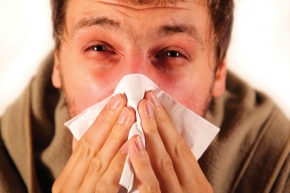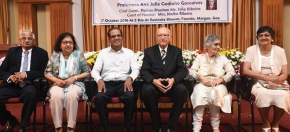COVID 2.0: What you need to know
One year into the pandemic, we’ve learnt a lot about the coronavirus, but new questions have emerged. Here are answers to some of the more pressing ones
Sun Tzu, the philosopher from ancient China is credited with the quote “Know thy enemy and know yourself; in military general a hundred battles, you will never be defeated.” By now we have understood a lot about both the virus, SARSCoV-2, the disease, COVID-19, as well as who is most vulnerable. But in recent months, there have been a few developments. New strains of the virus have been reported and a new route of transmission has been confirmed.
Many COVID-19 patients have suffered plummeting oxygen saturation levels. COVID-19 vaccines have been licensed and are being administered.What do these developments mean for us? What steps should one take to protect oneself? Do we need additional measures? How effective are the vaccines? How long will I be protected once I get my jab? Understanding each of these can help us protect ourselves from the pandemic that has laid the world so low.
Has the virus changed?
Different parts of the world have reported a few new strains of SARSCoV-2. This is a natural phenomenon among viruses. Every time a virus multiplies, errors – called mutations – creep in during the replication process,which results in changes in its transmissibility (ability to pass to others), infectivity (ability to cause disease) and/or immune escape (ability to avoid detection by the human immune system). The more a virus circulates, the higher the probability of mutations. Once a virus with mutations begins to circulate and affect a population, it is termed a new strain or variant.
Globally, since the start of pandemic, nearly 200 new strains have been identified but only a select few – the UK (B.1.117), South Africa (B.1.351) and Brazil (P.1) strains – are causes for concern. In India, new strains called double mutant (mutations at two different places; scientifically named B.1.617) and triple mutant (three mutations in same strain; B.1.618) have been identified. Although these have been circulating in several Indian states, scientists and epidemiologists are still determining whether Indian strains lead to increased infectivity, transmissibility or immune escape. At the individual level, measures to protect oneself from the new or old strain remain unchanged: face masks (consider double masking), physical distancing and regular hand sanitisation are still the best ways to shield oneself from contracting this illness.
Does it spread differently?
In early 2020, COVID-19 was believed to spread through droplets from our mouth and nose, but in a few months, scientists discovered early evidence that the virus was airborne. While there was insufficient data at the time, a recent study in medical journal The Lancet published new evidence that, while droplets are still the main mode of transmission, COVID-19 does spread through the air as well.
Being airborne does not mean the virus circulates in the air and can enter the windows of your house and infect a person. This evidence suggests that breathing the same air that a COVID-infected individual has exhaled into in the last 30 minutes can result in passing-on of infection. This has implications on the use of shared spaces – a bathroom shared with an infected individual, or stairs and elevators in multi-storey buildings with limited ventilation may increase risk of transmission. This understanding mandates increased cross-ventilation in shared spaces and correct mask use – with nose and mouth covered – in any place outside your home every time.
Consider anything outside the entrance of your house as a public space. It would be better to double-mask in crowded places or areas with higher risk of transmission such as a COVID testing centre, hospital or marketplace.
Read the full article in 'Viva Goa' magazine copy.
Viva Goa magazine is now on stands. Available at all major book stalls and supermarkets in Goa.












